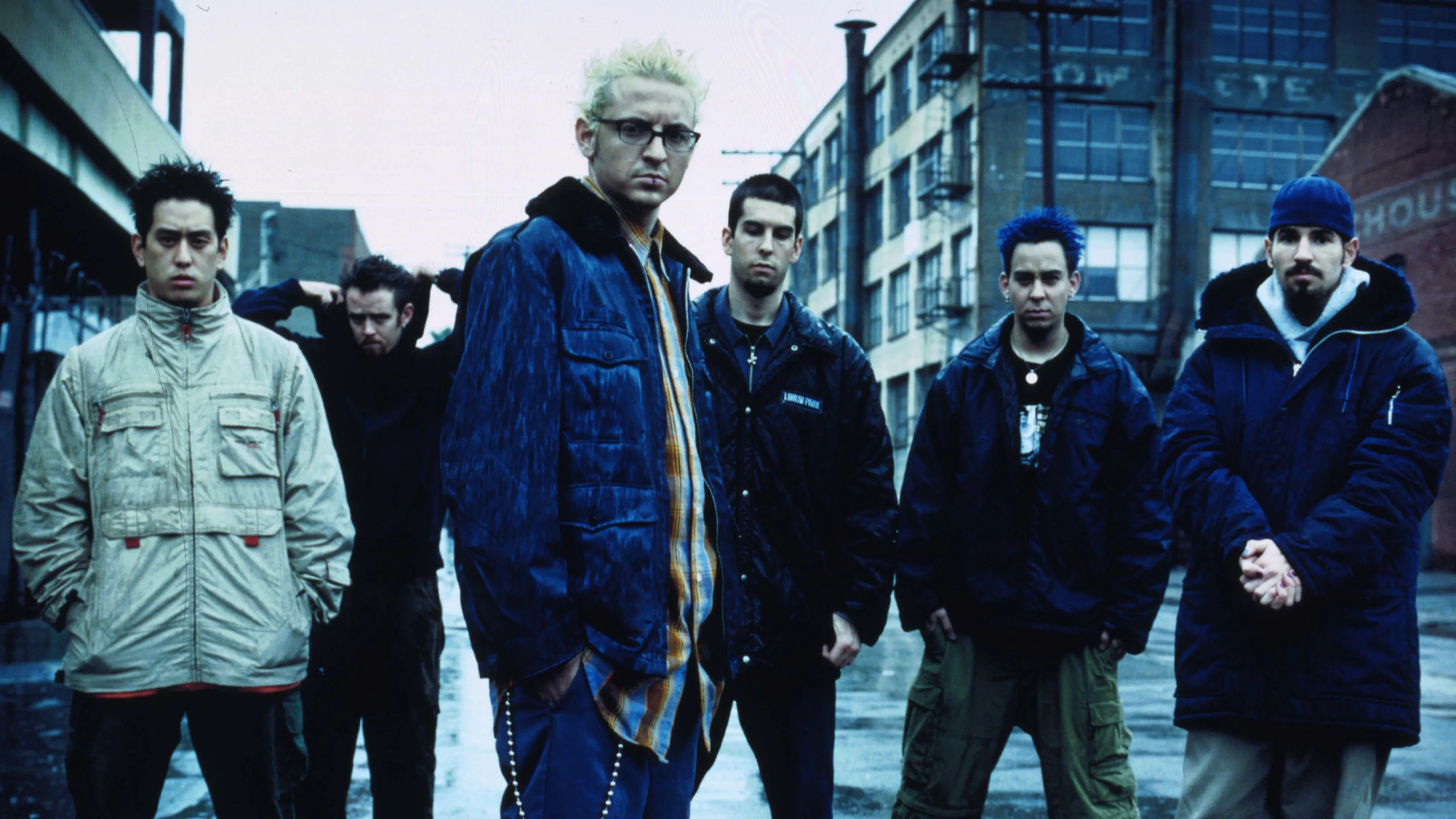It feels impossible to overstate the impact of Linkin Park on modern rock. Even as the Los Angelenos’ extended hiatus (following the passing of iconic frontman Chester Bennington) sprawls out over another year, the genre-melding design of their patented Hybrid Theory feels ever more relevant to rock’s continued evolution and cross-pollination with other cutting-edge styles.
Dismissed by closed-minded critics as a ‘pop’ band with guitars, and by many apparent fans as ‘sell-outs’ following their numerous reinventions, retrospect has been kind, with the burning authenticity, machine-tooled efficiency and unabashed accessibility enduring long after the bluster has dissipated.
Those reinventions (and later albums’ demand for front-to-back playthroughs) make a ranking of Linkin Park’s finest individual songs a tricky, lop-sided affair. With the caveat that every album has its own place in fans’ hearts, however, there’s still a hell of a lot of fun to be had figuring out which from their arsenal of bangers is the one song to rule them all…
